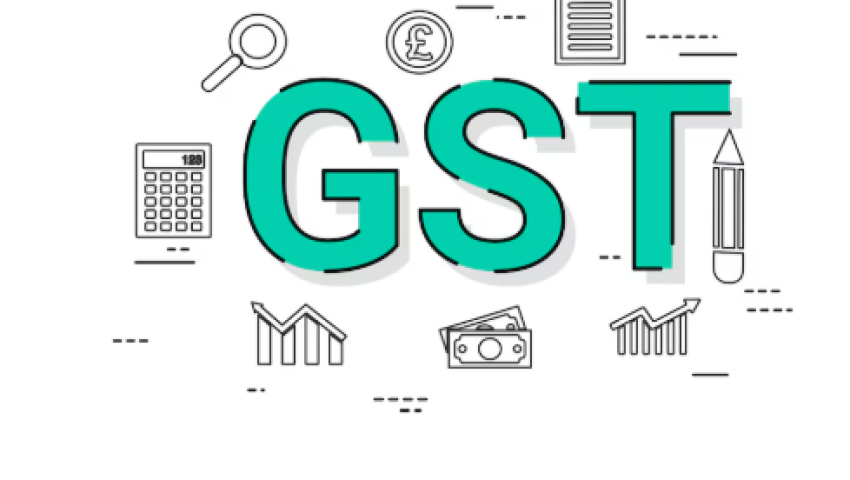
GST in 2025: Key Changes, Compliance Issues, and Business Readiness
In 2025, India’s Goods and Services Tax (GST) framework continues to evolve with new reforms, digital integrations, and compliance requirements. This blog highlights the most recent updates, industry-specific changes, compliance challenges, and strategic actions businesses should take this year.
Introduction
The Goods and Services Tax (GST), introduced in 2017, aimed to unify India's complex indirect tax structure. By 2025, it has become more digital and data-driven, with regular updates from the GST Council shaping how businesses manage tax compliance. Here’s an overview of what’s changed in 2025 and what it means for you.
GST Council’s Key Decisions in 2025
The Council is considering merging the 12% and 18% slabs into a single rate to simplify the system.
More digital and gig economy services are now covered under GST.
States have been granted additional powers to handle certain compliance issues, improving local administration.
Mandatory e-Invoicing for More Businesses
e-Invoicing is now compulsory for businesses with turnover exceeding ₹5 crore.
Invoices must be uploaded to the GST portal in real time for authentication.
This move helps in auto-populating returns and improving ITC accuracy.
Upgrades to the GSTN Portal
The GSTN portal now features a simpler, more intuitive user interface.
AI-powered alerts notify users of discrepancies in return filings.
UPI-based tax payments are supported for faster, easier transactions.
Sector-Specific GST Changes in 2025
Real Estate: Input Tax Credit (ITC) rules are stricter for under-construction properties, requiring closer documentation.
E-commerce: Enhanced TCS rules and real-time matching of returns with supplier data have been enforced.
Healthcare: GST rates have been reduced for essential medical equipment and devices.
Common GST Compliance Challenges
Many businesses still experience delays in ITC due to vendor non-compliance.
SMEs face difficulties keeping up with evolving return formats without digital tools.
Confusion continues around place-of-supply rules in cross-border and inter-state transactions.
What Businesses Should Focus On in 2025
Keep track of GST notifications and circulars from the GST Council and CBIC.
Automate GST processes such as e-invoicing, return filing, and ITC reconciliation.
Provide regular training to finance and compliance teams.
Conduct periodic internal GST audits to identify and resolve issues early.
Purva Kumari
Leave a comment
Your email address will not be published. Required fields are marked *

